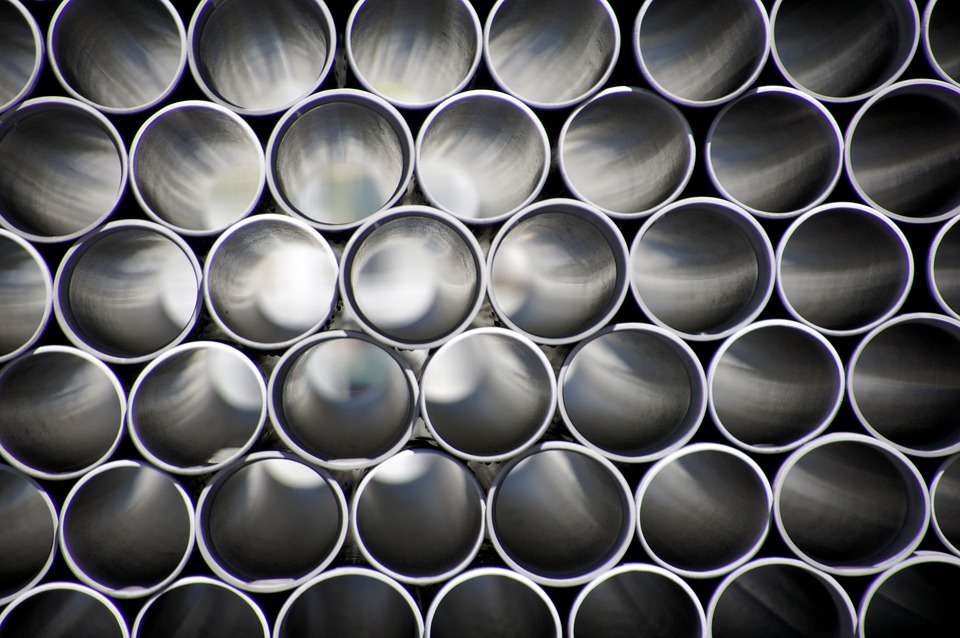How You Are Involved in the CIPP Repair Process

CIPP repair is better than most kinds of pipe repair, but it’s a different experience for plumbers and customers alike. In addition to being gentle on your landscaping, CIPP repair offers the clients a chance to see evidence of their plumbers’ good work with their own eyes. Ultimately, CIPP requires more customer involvement than typical repairs. Continue reading, to learn how you can expect to be involved during the initial inspection, the job itself, and the final report.
Inspection
The great joy of CIPP is the trenchless technology it uses. Unless you’re dealing with something like a water main, you’ll get to avoid the sight of your sidewalk turned inside out. This obviously saves a lot of time, and it potentially saves money, too, especially when you consider the cost of replacing the grass. Unlike trench-style plumbing repairs, CIPP allows your plumber to present the issues upfront.
In order to assess the problem, plumbers use closed circuit cameras to check out the pipe’s integrity from within. Small cameras go directly in the pipe, and plumbers use them to get up close to the issue. They can see what’s happening in real time and figure out exactly where the problem is without digging up several yards of pipe to find the break. Whether there’s a tree root, a crack, or a ruptured line, you should be able to see the problem with your own eyes. Your plumber will use this view to explain what needs to be done, and where it needs to happen. You can discuss a plan of action right away.
Replacements and Repairs
CIPP uses a liner, resin, and an inflatable sleeve in order to make repairs. The materials go up through the damaged pipe, pressed between two sheets. Once everything is in place, plumbers harden the resin into a new pipe through steam, UV light, or even hot water. The pipe is made in the place where it’s needed. No trenches are necessary.
Final Checks
Once the CIPP materials are in place, it’s easy for plumbers to check on the resin’s condition. If there’s any need for gaskets, they can often see the annular space on screen. When everything is ready, plumbers move on to final checks. The camera goes in the pipe again, and this time plumbers check their own work. A good plumber doesn’t just make sure the resin dried correctly. They should also look for future problems, even with their own work. During the final report, when your plumber presents you with the finished product, they should explain these details. Again, having an eye in the pipe helps customers understand exactly what was done and why.
There many reasons, besides trenchless technology, that make CIPP repair a better plumbing solution. One reason is that it allows plumbers to work with their customers more efficiently. Moreover, they also have the ability to double check their work more easily. As a customer, you will be involved in the CIPP process. Your plumber won’t need to go out of the way to show you the problem, and you can see the finished repairs with your own eyes.